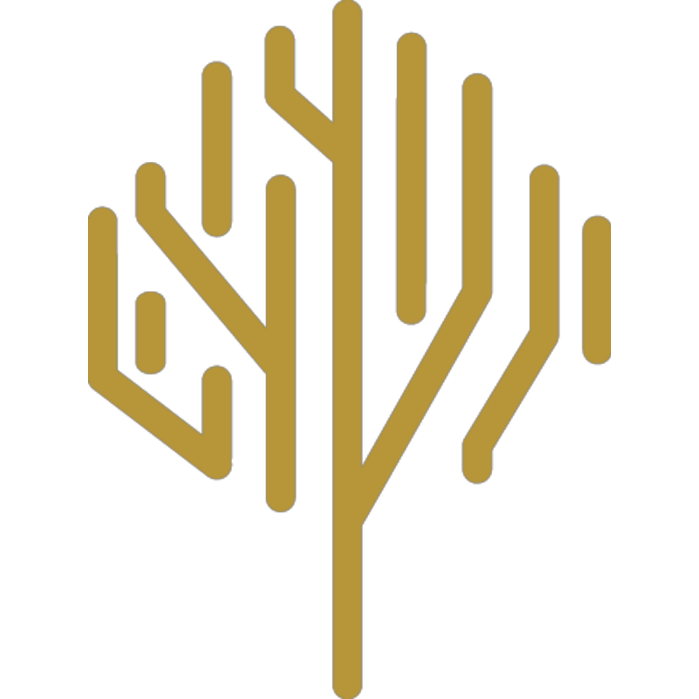Different Types of IRAs – Which is Best for Your Future?

Let’s take a quick look at IRAs. Generally speaking, IRAs are a good idea for people who don’t have 401Ks or want more for their retirement than the 401K. They may want to be certain that they have done enough to provide for their retirement by adding an IRA to their retirement financial planning portfolio.
It’s advisable to understand what your various options are, but get help from a qualified financial advisor or financial planner who can guide you through the process and ensure you get the best IRA for your unique needs.
What is a Traditional IRA?
In simplest terms, an IRA allows you to establish your own retirement fund and provides tax advantages for your retirement savings. Specifically, you are not taxed on deposits to your IRA, however, you are taxed on withdrawals from it. The IRS defines it as an individual retirement account that is an “individual retirement arrangement” in IRS Publication 590.
What is a Roth IRA?
Roth IRAs are similar in concept to traditional IRAs with the most significant difference being how they’re taxed. With a Roth IRA, you fund with “after-tax” dollars. As such, the contributions are not tax-deductible, and when you start withdrawing your retirement funds, there are no taxes to pay on that portion of the IRA where the taxes have already been paid. Some people have been confused by the fact that taxes are still due, but these taxes are only due on that portion of the IRA that is classified as earnings and thus has not yet had any taxation.
What IRA Is Better for You?
Again, it is advisable to seek the help of a qualified financial planner to help you make this decision. Let’s have a quick look at a Traditional IRA and a Roth IRA. Which one is best for you and your future?
The first question to consider is when do you want to pay your taxes? As you are funding it or when you are withdrawing from it? For many people, paying the taxes later is a strong attraction to the traditional IRA. Although once you understand some other demands of the traditional IRA, you may want to consider the Roth IRA.
The Traditional IRA demands that you take required minimum distributions (RMDs) every year once you reach the age of 73. That is unless you reached 70½ before 2020, then the forced deduction began for you at the 70 ½ mark. The forced RMDs do not take into consideration whether you actually need the money. As your balance drops, your tax-free growth will decline. For some, this may not be an issue, while others may find it to be a deal breaker.
Roth IRAs don’t have RMDs during your (as the account owner) lifetime, so your money can stay in the account and keep growing as you decide. It can be left to grow for decades in fact. Your beneficiaries might need to take RMDs to avoid penalties.
- Both IRAs allow for beneficiaries, which is another key area to review
with a financial planner when determining what IRA is best for you.
Are there any key differences in the requirements of both that could
positively or negatively affect you? - Both IRAs also have limitations as to how much can be contributed to
the account annually.
Most Financial Planners will not recommend early withdrawals from IRAs as there can be penalties on income that has not yet been taxed. Keep in mind that although your Roth IRA is funded with “taxes-paid” money, as it earns there are taxes still to pay – but only on the earnings.
As well, your overall growth will be slowed as the IRA balance decreases from the early withdrawal, which is not ideal for any retirement plan.
SIMPLE and SEP IRAs
There are two other types of IRAs that may be options for some people. These are the SIMPLE IRAs and SEP IRAs which employers can open, but individuals may not unless the individual is self-employed or a sole proprietor.
- SIMPLE: Savings Incentive Match Plan for Employees
- SEP: Simplified Employee Pension
They allow for higher contribution limits and can also allow for companies to match contributions.
With the SEP IRA, the employer also receives a tax deduction for the matching contributions. Typically, the SEP IRA is closest to the traditional IRA with the employer contribution matching aspect.
The SIMPLE IRA is an option for many small businesses with 100 or fewer employees.
When Should You Open an IRA?
The simple answer here is the sooner the better!
The critical mistake that too many people make is starting an IRA in their 40s or 50s when they could have started it in the 20s or 30s, or never starting one at all.
Keep in mind however if you are in your 40s or 50s or even your 60s and finally find yourself in a position to save for retirement, you absolutely should talk with a financial planner and get a plan that makes sense for you.
No matter what IRA is best for you, the most important thing to consider is that the sooner you begin the more your fund will increase, thus securing and providing for a comfortable and pleasurable retirement.





